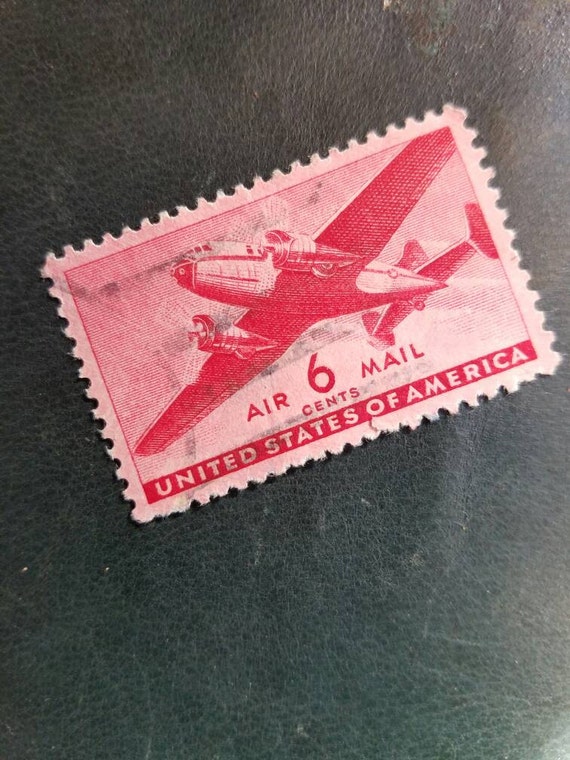

Postal Service, who serves as the dedicating official. “We hope this stamp will serve to honor the tireless work of those with the vision to see the potential of airmail service,” said David Williams, Chief Operating Officer and Executive Vice President, U.S. The dedication ceremony coincides with the museum and airport’s Airmail Centennial Celebration Family Day, which features hands-on activities for all ages, viewings of historic planes, entertainment, and food trucks. 11 at the College Park Aviation Museumand College Park Airport in College Park, MD. The stamp designer and typographer was Dan Gretta Greg Breeding was the art director.Ī first-day-of-issue dedication ceremony for the United States Air Mail Red stamp will be held Aug. Both stamps are printed in intaglio, where the design is engraved into metal plate and then transferred to the stamp paper, and feature a drawing of a plane typically used in the early days of airmail, a Curtiss JN-4H biplane. The two stamps are identical except in color. The first stamp, United States Air Mail Blue, paid tribute to the pioneering spirit of Army pilots who initiated service in May of the same year. 12, 1918, flight from College Park Airfield in Maryland to New York City that became the first step in establishing transcontinental air routes. United States Air Mail Red commemorates the centennial of an Aug.

Postal Service is issuing a second Forever stamp this year to commemorate the 100th anniversary of U.S. These stamps are important to building a complete airmail collection – order yours now.WASHINGTON - The U.S. This particular stamp was issued to provide payment for night flights from New York all the way to the Pacific Coast. The 24¢ DeHavilland Biplane, pictured on #C6, eventually replaced the Jenny in carrying the mail. The stamp picturing the Air Service Emblem (#C5) was issued to cover postage for an airmail letter of one ounce or less, for a distance covering two zones within the United States. A new airmail stamp was needed, and the #C4 design was created. Airmail delivery for a one-ounce letter, from one zone to the next, was 8¢. (from New York to the Pacific Coast) was divided into several zones. Postmaster General Irving Glover drew up plans for “night flights,” to prove that airmail service was a time-saving device. Often, mail was lost entirely, due to accidents. People stopped using airmail because it was less efficient and the rate was high. Strangely, in the early days of airmail service, mail dispatched by air took longer to reach its destination than mail sent by train. The original airmail design was used once again, but the single color was changed from green (on the 16¢ issue) to orange (6¢ Curtiss Jenny – #C1). The fee was 6¢ per ounce (eliminating the additional 10¢ special delivery charge of the previous stamp). In the latter part of 1918, the airmail rate was again reduced.

This rate change produced a new stamp which reflected the same design as the original, but was done in only one color instead of three (16¢ Curtiss Jenny – #C2). In June of 1918, the airmail rate was reduced to 16¢ for up to the first ounce (this charge included a special delivery fee) and 6¢ for each additional ounce. The airmail rate was set at 24¢ per ounce and thus the first airmail stamp was born! A red frame and blue vignette (design) on white paper created a patriotic “red, white and blue” airmail issue (the 24¢ Curtiss Jenny – #C3). This ruling necessitated a new stamp – one of distinctive design and color. The Act of May 6, 1918, authorized the Post Office Department to carry the mail by airplane. Airmail Service was born that year, when two 90-horsepower Curtiss Jenny airplanes departed for Philadelphia from New York and Washington.

The first airmail stamps were issued in 1918.


 0 kommentar(er)
0 kommentar(er)
